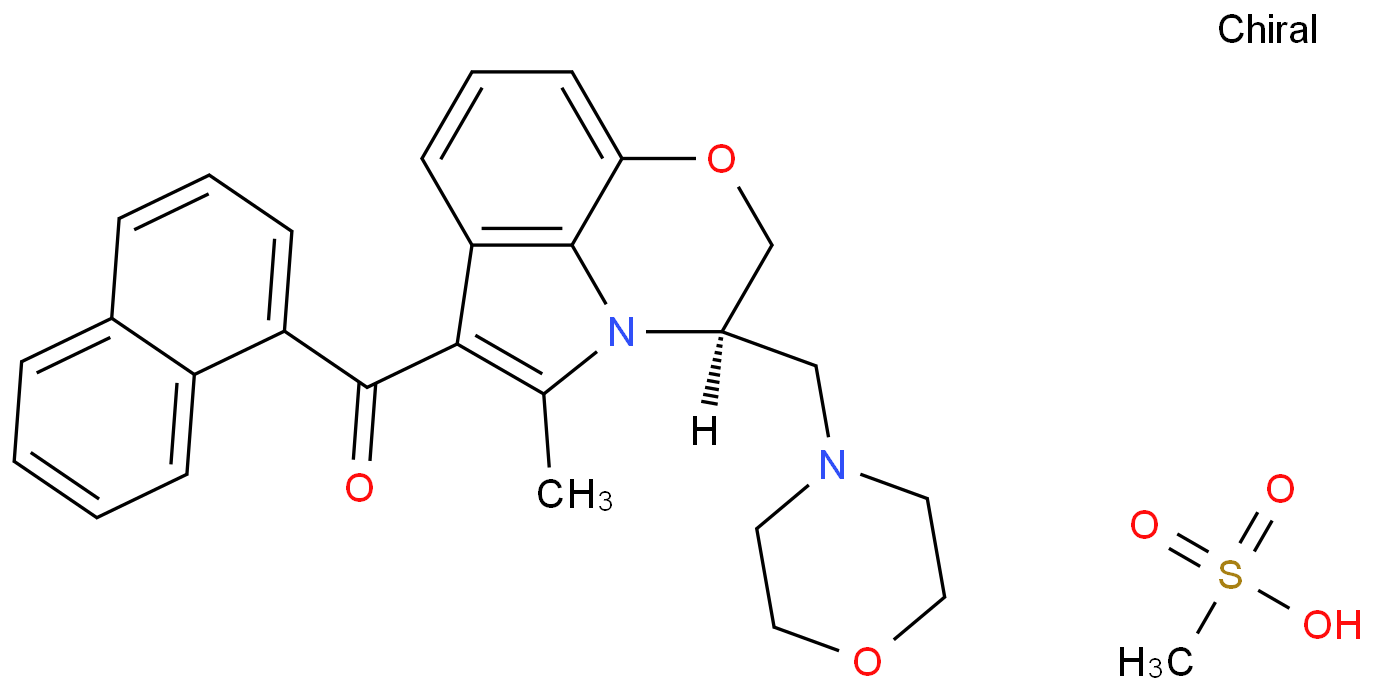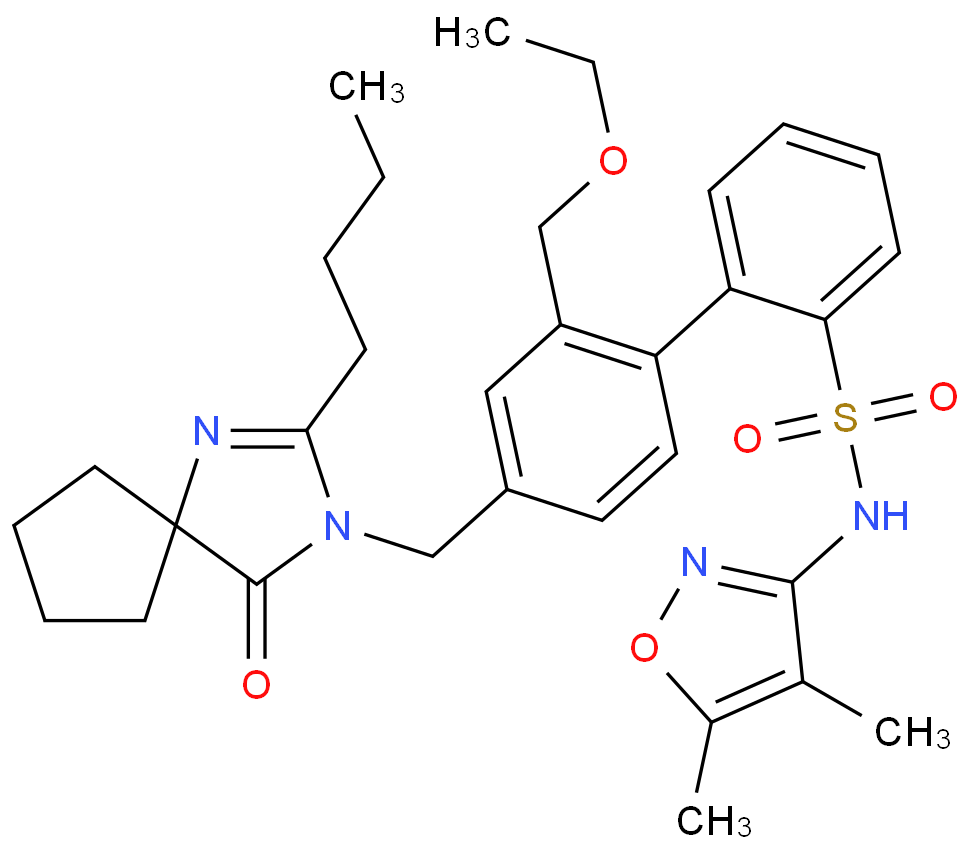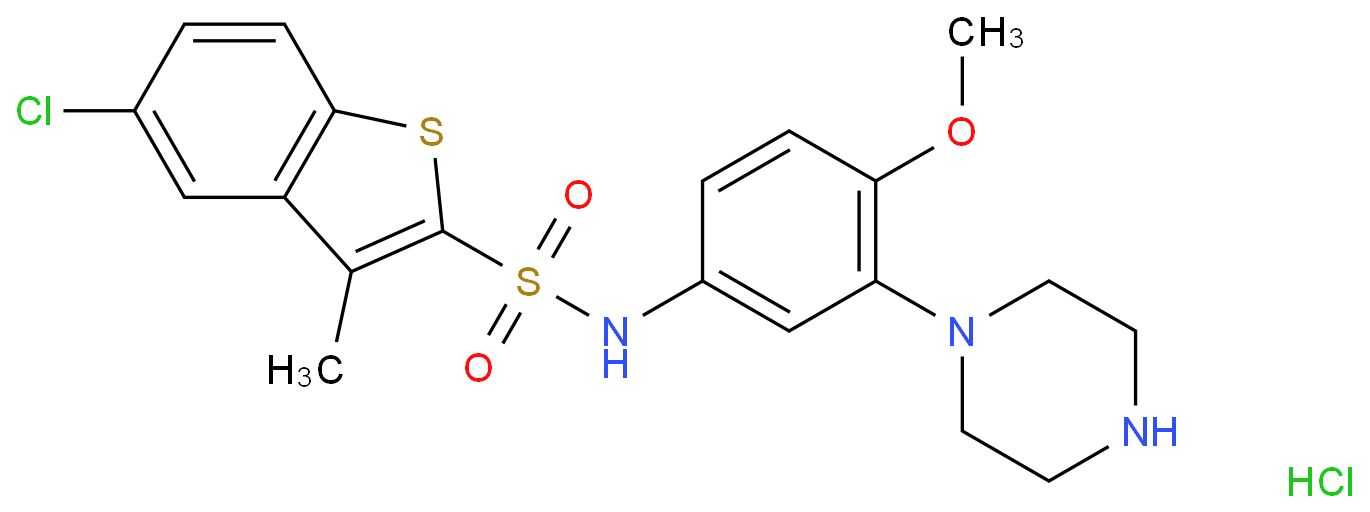
|
5-hmC和5-mC分析试剂和t
- 品牌:NEB
- 产地:美国
- 货号:E3317S
- cas:详询
- 发布日期: 2022-09-22
- 更新日期: 2024-08-12
产品详请
| 产地 | 美国 |
| 保存条件 | 2-8℃保存 |
| 品牌 | NEB |
| 货号 | E3317S |
| 用途 | 详询 |
| 检测方法 | 详询 |
| CAS编号 | 详询 |
| 保质期 | 一年 |
| 适应物种 | 详询 |
| 检测限 | 详询 |
| 数量 | 大量 |
| 包装规格 | 20 reactions |
| 标记物 | 详询 |
| 纯度 | 详询% |
| 样本 | 详询 |
| 应用 | 详询 |
| 是否进口 | 是 |
5-methylcytosine (5-mC) is the predominant epigenetic mark in mammalian genomic DNA. 5-hydroxymethylcytosine (5-hmC) is a newly discovered epigenetic modification that is presumably generated by oxidation of 5-mC by the TET family of cytosine oxygenases.
Techniques exist that can identify 5-mC in genomic DNA, but the most commonly used method, bisulfite sequencing, is laborious and cannot distinguish between 5-mC from 5-hmC.
The kit distinguishes 5-mC from 5-hmC by the addition of glucose to the hydroxyl group of 5-hmC via an enzymatic reaction utilizing T4 β-glucosyltransferase (T4-BGT). When 5-hmC occurs in the context of CCGG, this modification converts a cleavable MspI site to a noncleavable one.
·Discrimination between 5-mC and 5-hmC in CCGG sequences using enzymatic digestion and PCR amplification.
·Relative quantitation of 5-mC and 5-hmC.
·Easy-to-use protocol.
·This kit contains enough material for 20 reactions.
Techniques exist that can identify 5-mC in genomic DNA, but the most commonly used method, bisulfite sequencing, is laborious and cannot distinguish between 5-mC from 5-hmC.
The kit distinguishes 5-mC from 5-hmC by the addition of glucose to the hydroxyl group of 5-hmC via an enzymatic reaction utilizing T4 β-glucosyltransferase (T4-BGT). When 5-hmC occurs in the context of CCGG, this modification converts a cleavable MspI site to a noncleavable one.
·Discrimination between 5-mC and 5-hmC in CCGG sequences using enzymatic digestion and PCR amplification.
·Relative quantitation of 5-mC and 5-hmC.
·Easy-to-use protocol.
·This kit contains enough material for 20 reactions.




